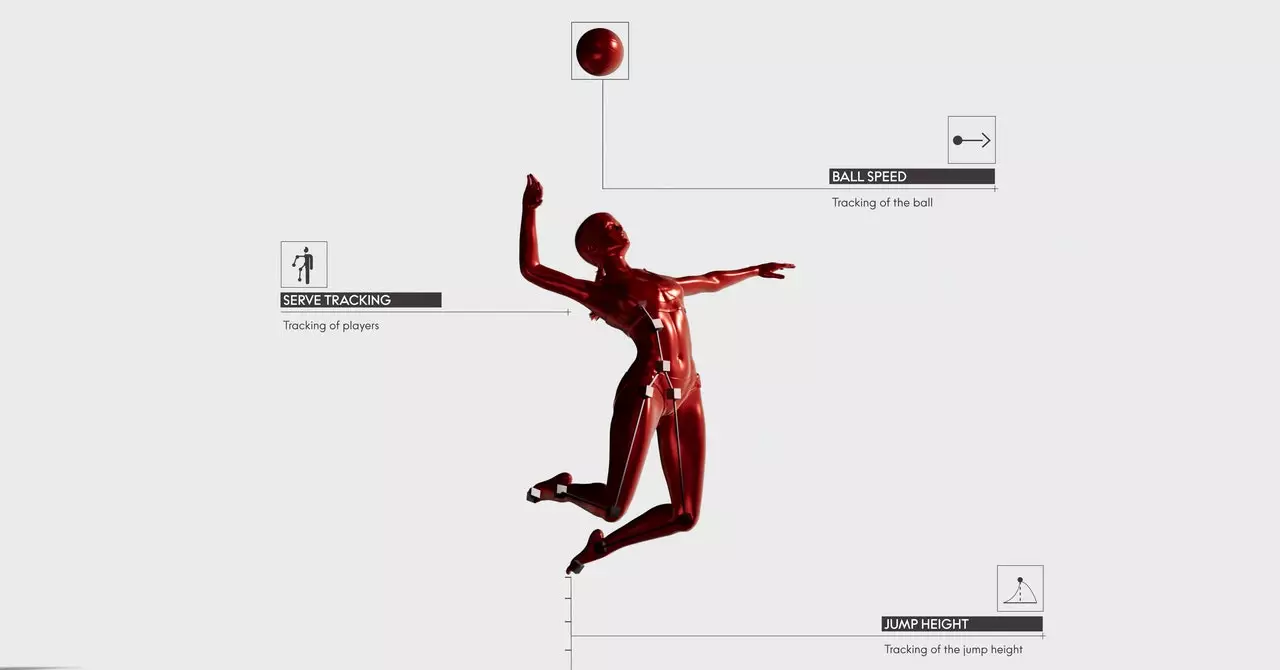In the Olympics held in Rome on August 27, 1960, a controversial incident occurred during the 100-meter freestyle men’s swimming event. Australian swimmer John Devitt and American Lance Larson both finished with a time of 55.2 seconds. Despite Larson being technically faster by one-tenth of a second, the head judge ruled in favor of Devitt due to a tie. This incident highlighted the limitations of manual timing methods used at the time.
Omega, a renowned Swiss company specializing in timing technology, has played a significant role in revolutionizing the way sports events are timed. Following the controversy in 1960, Omega developed touch boards for the ends of swimming lanes to eliminate human error in timekeeping. This innovation marked the beginning of a new era in sports timing technology.
Over the years, Omega has continued to push the boundaries of timing technology in sports. In 2024, the company introduced an electronic starting pistol connected to speakers behind each athlete to ensure fair competition in staggered-lane races. This development addressed the issue of athletes in the furthest lane hearing the starting gun later than those closer to the gun, giving them a disadvantage.
With the introduction of photo finishes in the 1940s, the process of determining race results improved significantly. However, it still took nearly two hours to analyze the footage and make a decision. Omega’s Scan-o-Vision technology, capable of capturing up to 40,000 digital images per second, now allows judges to make decisions within minutes. This level of precision has revolutionized the way races are timed and results are determined.
Omega’s Swiss Timing division has evolved beyond simply recording start and finish times in sports events. Alain Zobrist, head of Omega’s Swiss Timing branch, emphasizes the importance of storytelling in addition to providing accurate results. The company aims to capture the essence of the race and present it to audiences in a compelling manner. This shift towards narrative-driven timing technology has set Omega apart as a leader in the industry.
The evolution of timing technology in sports, spearheaded by Omega, has transformed the way we experience and perceive athletic competitions. From eliminating human error in manual timing methods to introducing state-of-the-art electronic systems, Omega has set a new standard for accuracy and efficiency in sports timing. As we look towards future events like Paris 2024, the storytelling element in timing technology is expected to play an even more significant role in enhancing the viewer experience and capturing the essence of each race. Omega’s commitment to innovation and continuous improvement ensures that the future of sports timing technology is bright and promising.


Leave a Reply